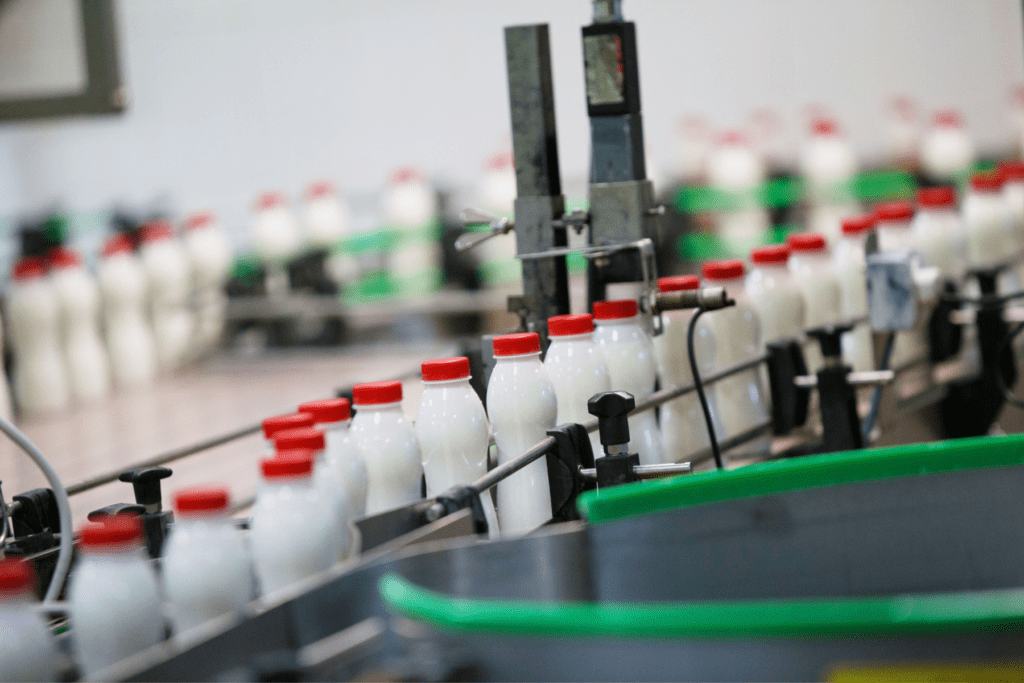Microbiological analysis is key to ensure the safety of dairy products. Historically, methods developed relied on Standard Plate Counting, which allows for the determination of Colony Forming Units.
Nowadays, most routine analysis is carried out with automated flow cytometry-based technologies and provide a Total Bacteria Count, with conversion equations of instruments’ units to units of the classic Anchor method (Standard Plate Count) developed over the years.
However, conversion equations can vary considerably across countries or between laboratories. This can cause problems in the international trade of dairy products as well as challenges within the relationships between international dairy companies their milk producers in terms of comparison of results.
Fulfilling a need for equivalency in the microbiological quality of raw milk
Identifying a need to deliver equivalency, the bulletin of the IDF n° 511/2021 was developed to explain the topic of conversion of units of Total Bacteria Count (TBC) into Colony Forming Units (CFU): Conversion is the transformation of the results from the bacteria analyzers used in daily testing to Anchor (or Reference) method results.
The bulletin also presents stakeholders perspectives and real-life examples of different conversion strategies that illustrate the solutions adopted worldwide by selected dairy companies and regulatory bodies:
- Conversion per laboratory, country, or continent,
- No conversion at all,
- Or hybrid solutions, e.g. farmers are paid by the unconverted results and results for checking regulatory compliance are converted into Standard Plate Count units.
Aurélie Dubois-Lozier, Science and Standards Programme Manager:
“Our goal with this bulletin is to provide information on the capabilities of two methods which describe different aspects of raw milk microbial quality, even if both are commonly defined as Total Bacterial Count. This will enable stakeholders to make science-based decisions on how best to evaluate obtained testing results against limits in official regulations and in grading schemes.”
A must-read within the sector
This guidance document is a must-read for all those evaluating Total Bacteria Counts and especially those organizing and using bacteria testing schemes such as regulators, milk producers, farm advisors, supply chain managers and purchasers of quality dairy products.
Together with the recently updated standards, ISO 21187|IDF 196 Milk – Quantitative determination of microbial quality- Guidance for establishing and verifying a conversion relationship between results of an alternative method and anchor method results, and ISO 16297|IDF 161, the IDF Bulletin n°511 provides easy-to-apply guidance on the topic of conversion, documented by science-based facts and made available to a much wider audience.
Bulletin of the IDF n°511/2021 is available to purchase on the IDF website from 30 June 2021.





















